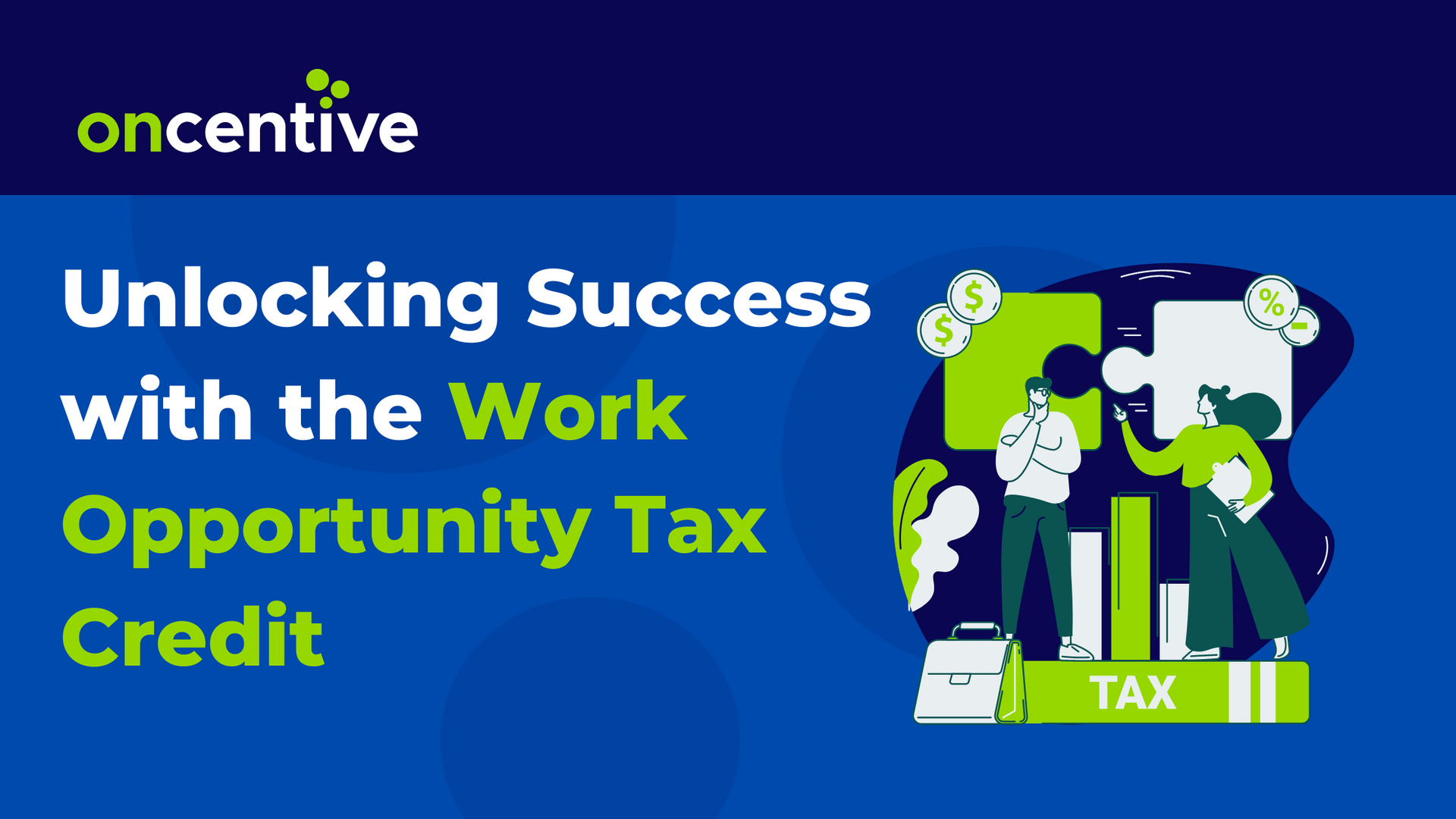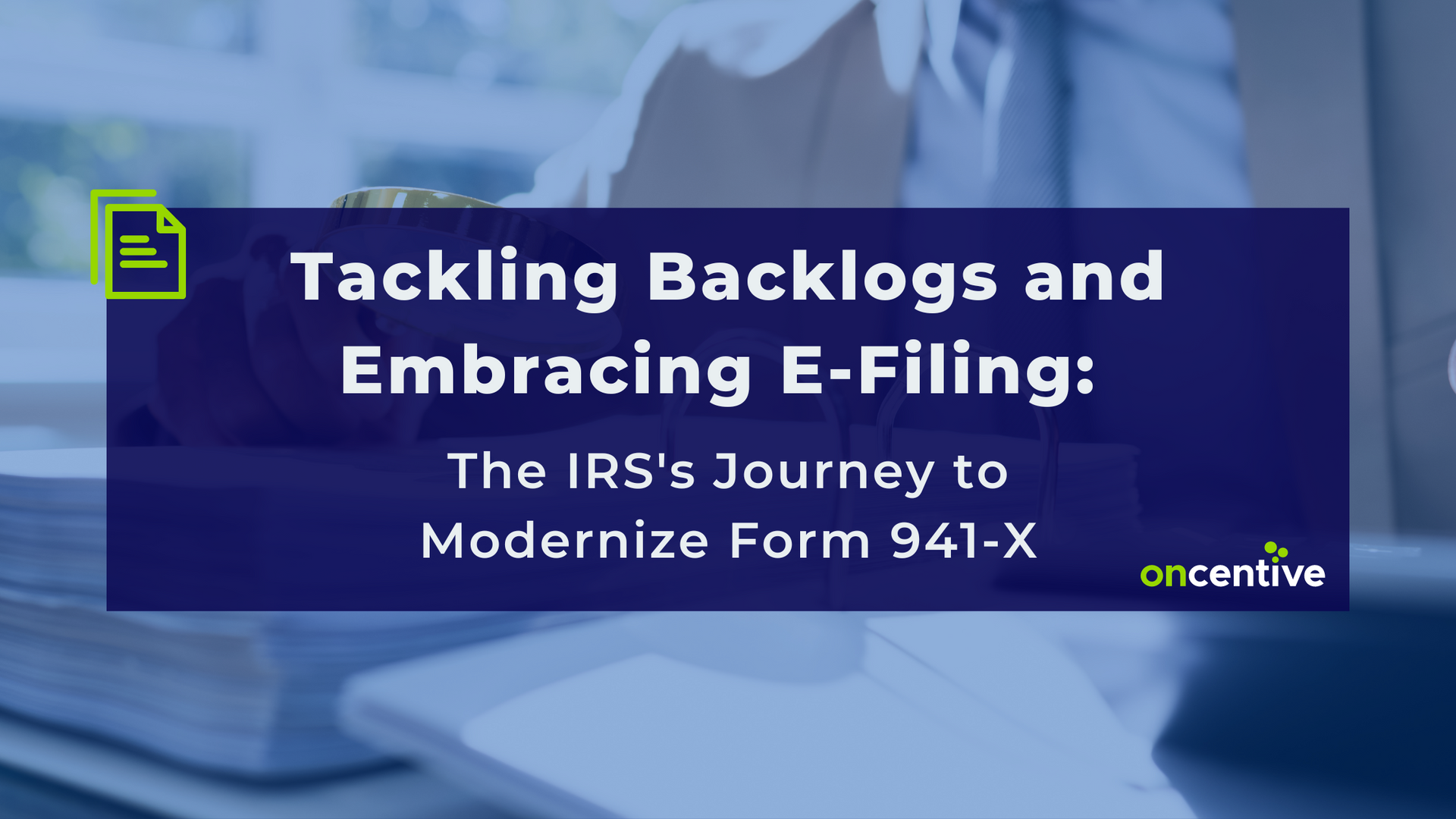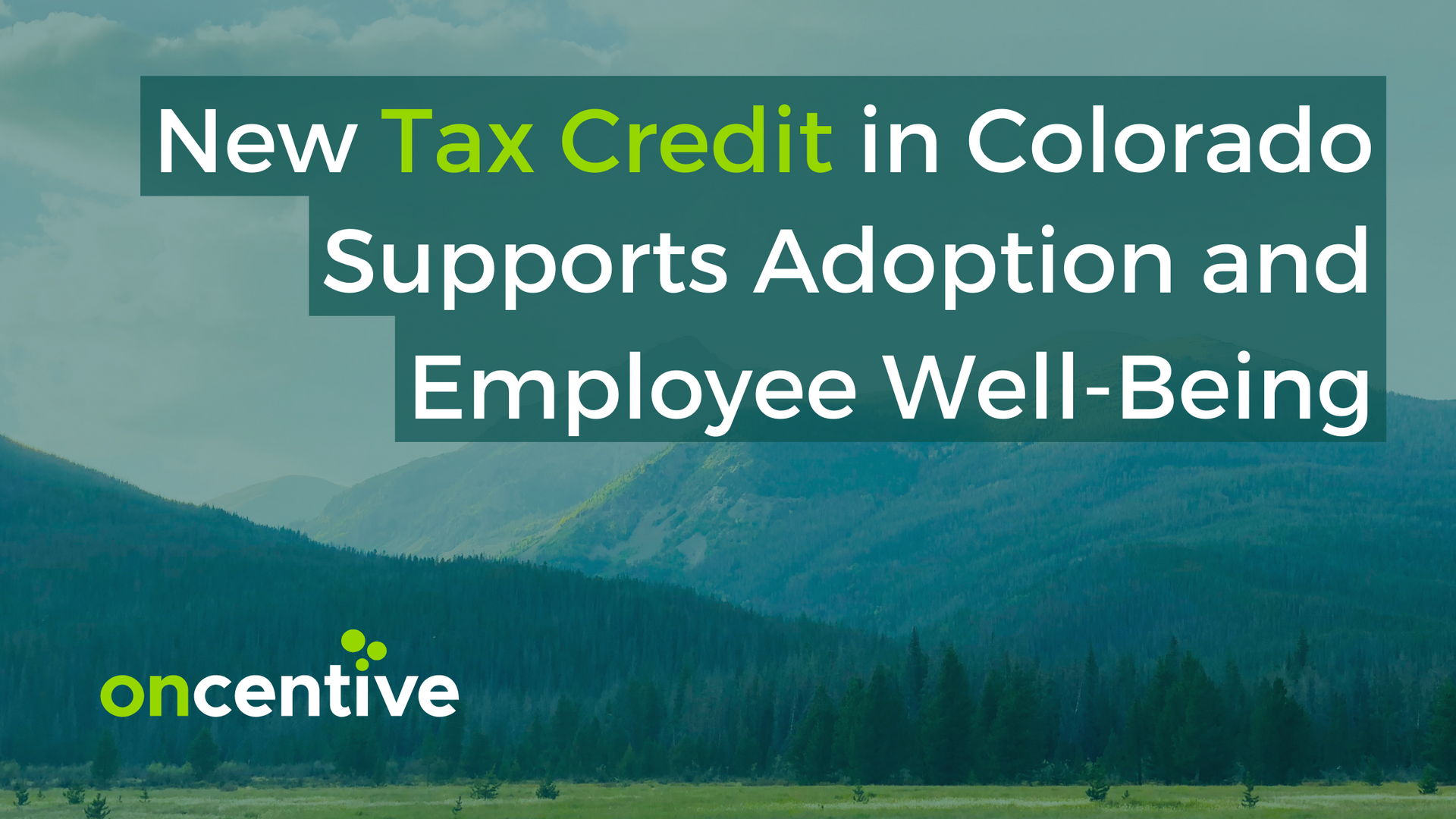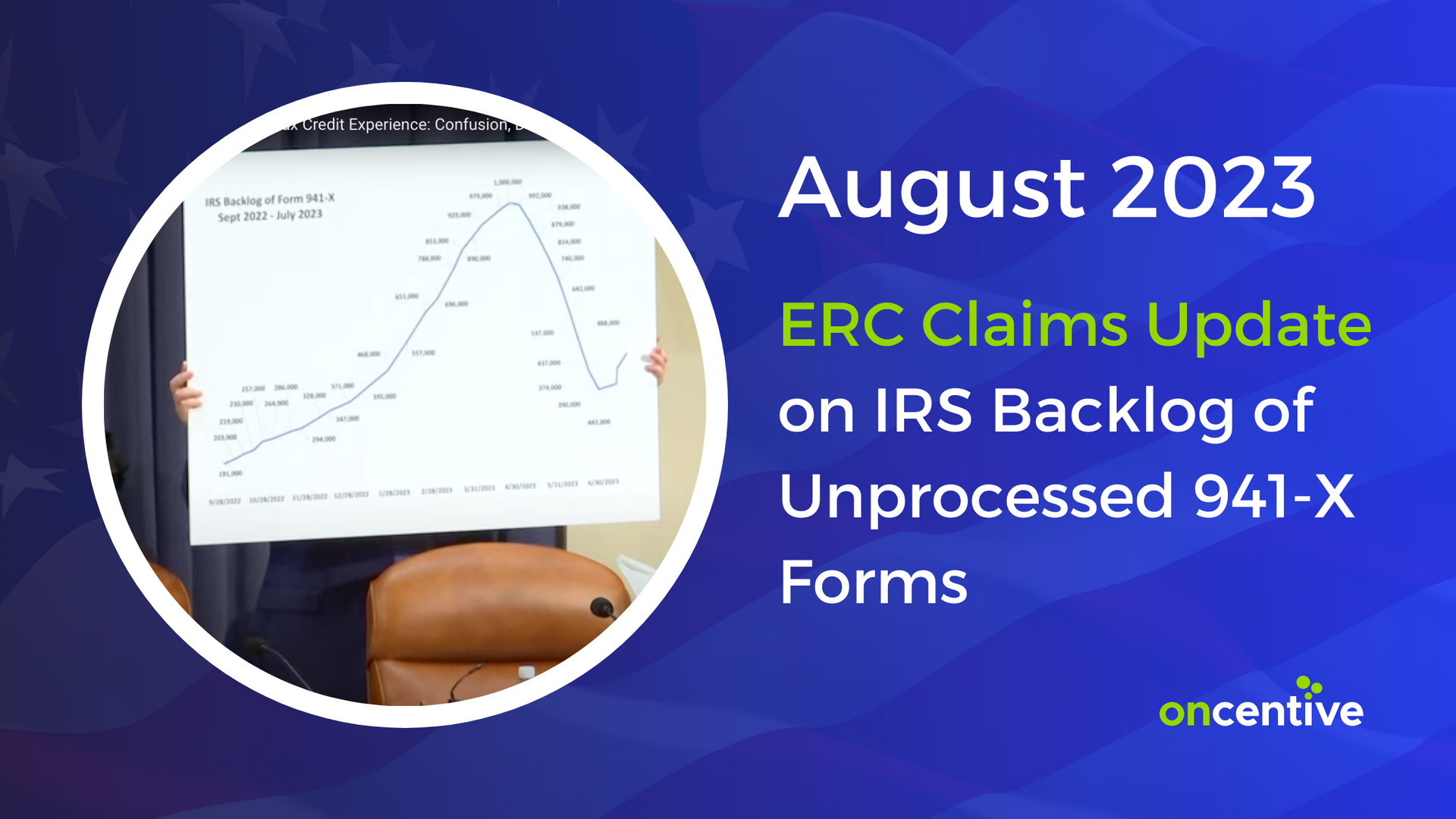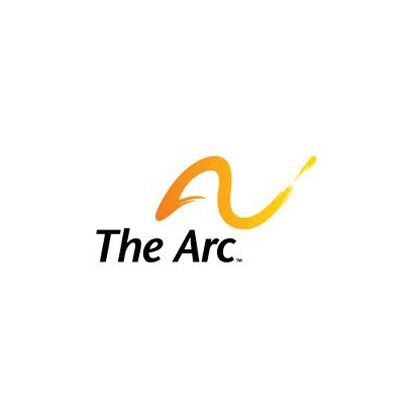OnCentive’s Response to the IRS’s Bulletins on Third Parties Improperly Processing Employee Retention Credit Claims
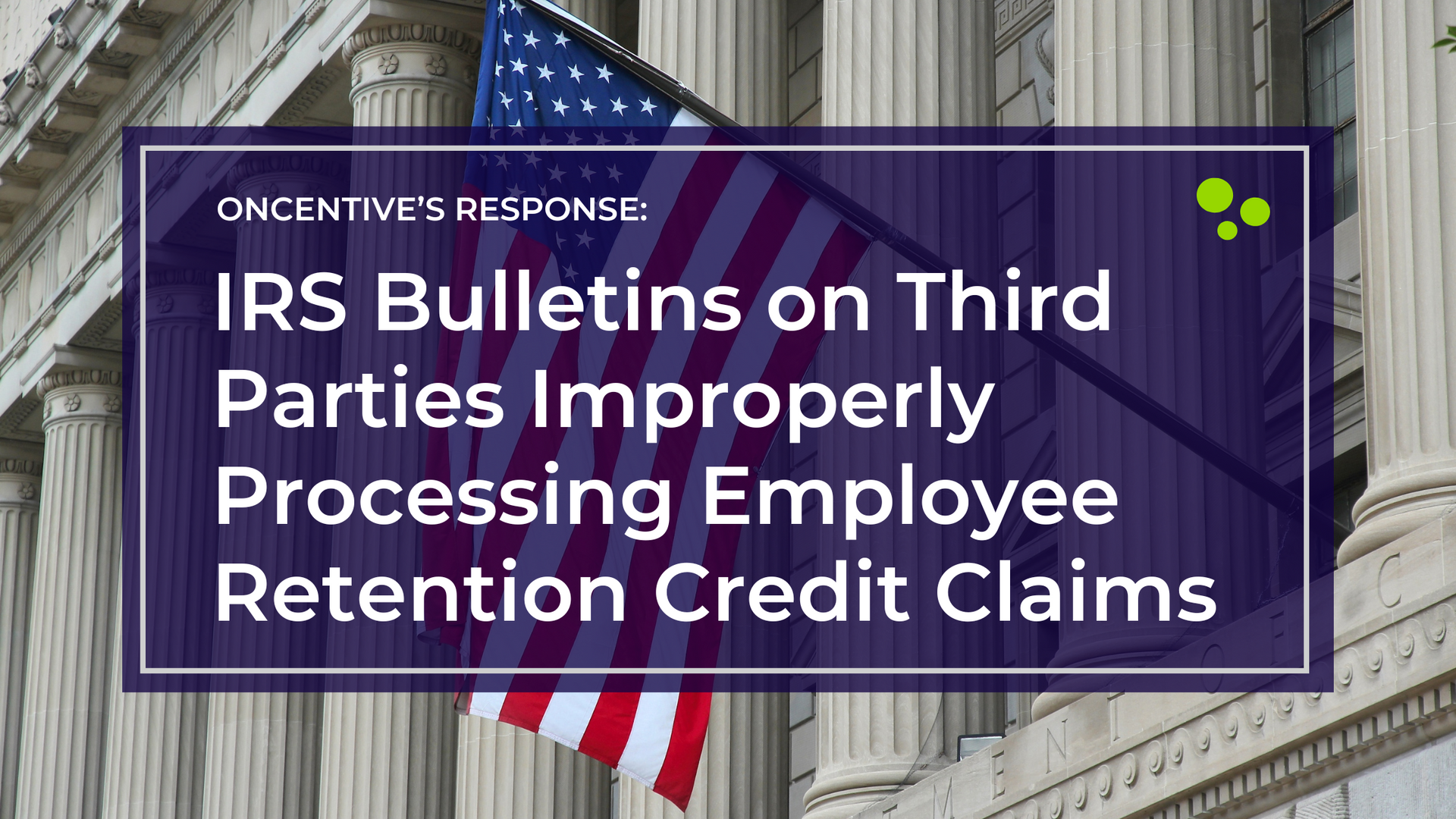
In a recent bulletin, the Internal Revenue Service (IRS) renewed a warning on Employee Retention Credit claims stating that false claims generate compliance risk for people and businesses claiming the credit improperly. This notice reinforces previous IRS bulletins from the Fall of 2022 that cautioned employers to be wary of third parties advising them to improperly claim the Employee Retention Credit (ERC) when their businesses do not meet eligibility requirements or are incorrectly calculating their claim. OnCentive supports this stance and the IRS’s dedication to educating employers on this important issue.
When the
Inflation Reduction Act of 2022 was passed in August, the IRS received
billions of dollars for Enforcement and Operations Support. The agency now has the resources to take a very close look at tax filings for discrepancies and fraud, specifically related to COVID programs like the ERC.
Further, there has been a significant increase in new entrants to the tax credit service industry, seemingly driven by the economics available through the ERC program. The IRS noted in its bulletin that taxpayers are always responsible for the information reported on their tax returns and that penalties and interest will be applicable for inappropriate claims under this program. Accordingly, it is critical that taxpayers claiming benefits assess the capabilities of the service provider they choose and properly document their eligibility under the program.
Integrity is OnCentive’s operational cornerstone. Every ERC claim we process is qualified, documented, and calculated within the letter of the law. With a growing number of fly-by-night “pop-up” ERC shops using aggressive tactics to obtain clients, it is imperative business owners do their due diligence in vetting ERC consultants to help process their claim.
When evaluating an ERC company, employers should be on the lookout for these red flags:
- Hourly rates in addition to contingency fees. Under no circumstance should a client be charged for communication as this is an expected and needed part of the qualification process.
- Requesting payment to evaluate your eligibility. While you will need to provide company documents, information, and personnel time to assist your ERC processor with determining your business’s ERC eligibility, you should not have to pay for this service.
- Requiring a portion of a “success fee” before filing your credit. Success is achieved at the finish line, and a PDF explaining your calculation is not the ERC finish line. A true success fee is collected at the time your company has received payment of the successfully claimed credit.
- Companies without a history in tax credits. It’s important to evaluate the credit expertise your provider offers. Without a track record of success, how confident can you be with a company’s ability to maximize your credit while keeping you in compliance?
- ERC-Only Pop-Up Shops. The CARES Act created a lot of pop-up ERC consultancy shops. But how is a solely ERC-focused company going to survive post-ERC? The truth is they won't survive, and they don’t intend to. These companies will not be around to provide support in the event your organization needs backup materials or answers to future questions.
- Providers that don’t offer clients protection. The pandemic caused enough sleepless nights for business owners. You should not lose any additional sleep over whether or not your ERC company has your company’s best interests at heart.
- Inability to provide references or case studies. A qualified partner with experience in ERC should have no problem providing you with references and case studies from similar industries.
The Difference in Working with a Credible ERC Partner, like OnCentive.
When determining ERC eligibility and correctly calculating claims, other ERC third parties may take shortcuts, opening your business up to risk. If your business does not in fact qualify for the ERC, you might be unaware until years down the road when faced with an audit.
To determine clients’ eligibility, OnCentive collects detailed information including an impact questionnaire, copies of previously filed payroll tax forms, PPP forgiveness documentation, and much more. Our Qualifications Team ensures each client goes through a thorough evaluation to determine if the business qualifies for the ERC.
Led by the premier credit experts in the country with our leadership team having 150+ years in the tax credit industry, OnCentive’s core competencies are tax credits and recovery programs. With $3 billion in incentives captured and $0 returned to the IRS, you can trust you are in good hands with OnCentive.
It is vital for business owners pursuing ERC or other credits to choose a partner with deep knowledge in all credits offered to businesses because claiming each recovery program independently without considering the impact of the other measures can lead to a significantly reduced benefit to your business.
What Businesses Are Eligible for ERC?
Originally introduced by the CARES Act, the Employee Retention Credit (ERC) was authorized by Congress to reward businesses that kept employees on payroll during the pandemic. This credit provides cash infusion to eligible businesses, up to $26,000 per W-2 employee.
For 2020, the ERC is available for businesses who employed less than 100 average full-time employees in 2019 and for 2021, the ERC is available for businesses who employed under 500 average full-time employees in 2019.
If your business experienced one of the following, you may qualify:
- Experienced a reduction in revenue (50% in 2020; 20% in 2021)
OR
2. Suspension (partially or fully) of normal business due to a government order
OnCentive reviews EVERY client to see if they meet the gross receipts test based on a significant decline in gross receipts to qualify for any quarter of 2020 or 2021. Additionally, OnCentive researches federal, state, county, & city government mandates to determine if/when the business was partially or fully suspended. For partial suspension, OnCentive ensures the suspension caused "more than a nominal effect" to the business's operations.
For those clients who cite supply chain disruptions, we request & review documentation provided by the client to substantiate these disruptions. These documents can include emails/notices from suppliers stating shortages due to forced closures, port closure documentation, and many others. We research these disruptions to ensure they were caused by a governmental order and not just a closure by choice.
While many ERC mills bend rules to push their clients towards qualifying for all quarters, OnCentive does not take the stance that all clients qualify for all quarters. After evaluation, we regularly determine client's do not meet the qualifying criteria for one or all quarters. Use caution when working with a third party that takes stances like “all businesses qualify” or “qualify for all quarters.”
How Important are Credit Calculations?
Many “pop-up” ERC vendors do not understand the nuances of correctly calculating your ERC claim. There are many factors one must consider when determining qualified wages. Improperly claiming the ERC could result in business owners being required to repay the credit along with penalties and interest.
OnCentive’s Calculations Team thoroughly calculates the amount of credit the client is eligible for in their qualified quarters. The team follows IRS aggregation & relative rules, properly accounts for any PPP funds or wage-related credits to avoid "double dipping,” and makes sure no credit per employee exceeds the maximum amount allowed.
OnCentive provides detailed calculation sheets showing how the credit amount was determined including employee names, where PPP & any wage-related credits were deducted (if applicable), and other all calculation parameters required by law were maintained.
How Does My Business Claim the Credit?
ERC mills will promise large sums of cash to your business but will charge up-front fees or outrageous hourly rates. Additionally, they will not offer audit protection as they do not want the risk involved with having their name on an erroneous claim.
OnCentive charges nothing up-front and works on success-based fees. We wait alongside our clients so they owe us nothing until they receive their funds from the IRS.
Once the entire ERC process is completed, each client is provided a finalized credit packet including qualifications & calculations. Copies of any applicable government mandates are also included. The "packet" also includes completed 941-Xs to claim the credit. The 941-Xs are signed by the client via secure Dochub and mailed to the IRS via certified mail so as to provide tracking as to when the IRS physically receives the amended forms.
Additionally, OnCentive’s 100% audit protection guarantee sets us apart from other tax credit companies and CPA firms. In the unlikely event that your credit is ever contested, the OnCentive team will defend our work and will fully refund any credits that are disallowed.
Have Questions or Need More Information?
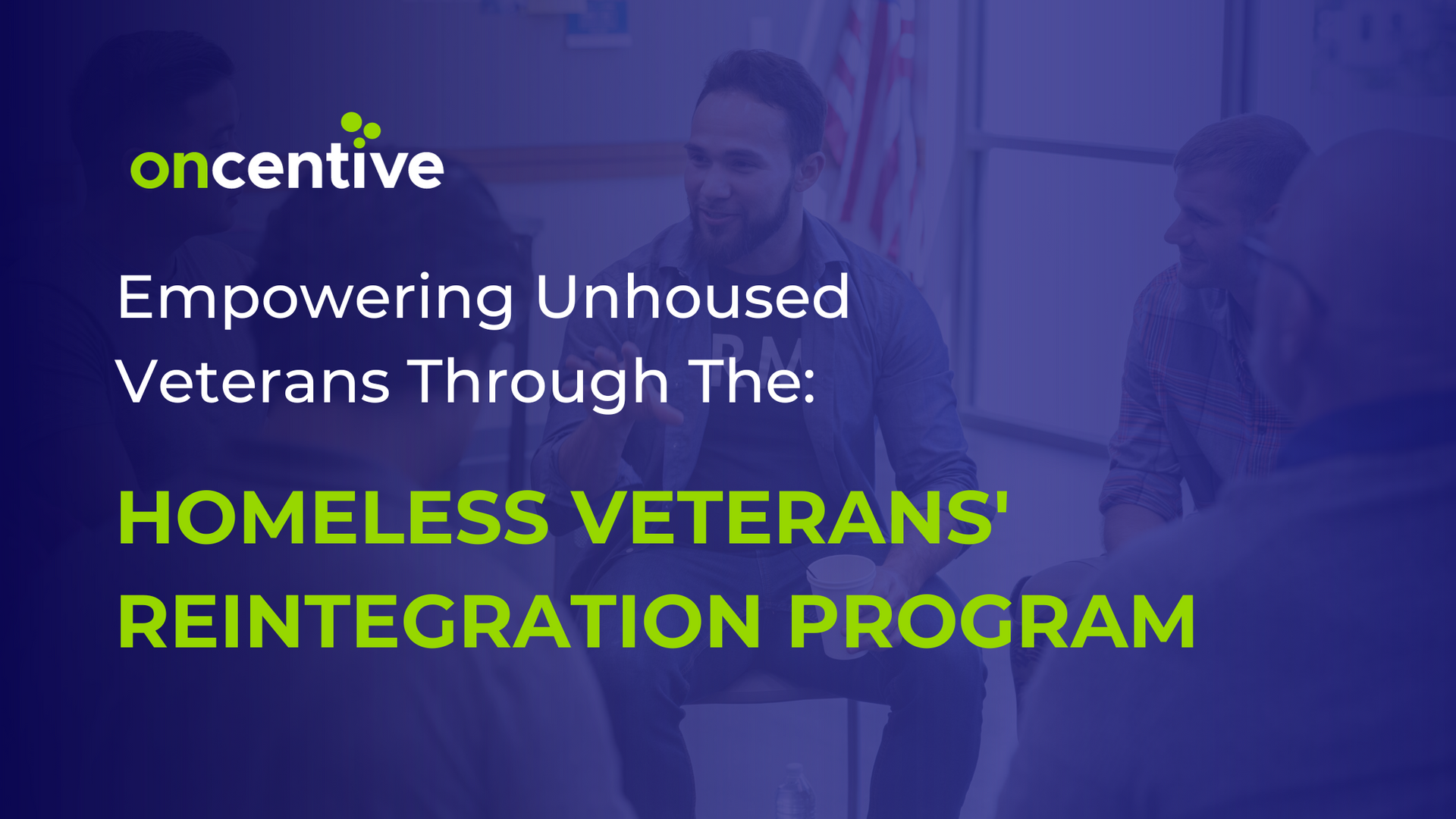

 <script type=" text=""/>
<script type=" text=""/>






